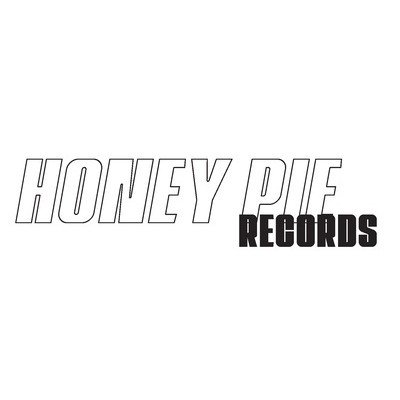 Image 1 of 2
Image 1 of 2

 Image 2 of 2
Image 2 of 2



Yusef Lateef. Live 1971-10-20 Bremen, Germany.
Jazz - Live
Jazz - Live
Jazz - Live
Tracklist
A1 In The Evening
A2 Lowland Lullaby
B1 Untitled Medley
Yusef Lateef on tenor sax, flute and oboe
Kenny Barron on Piano
Bob Cunningham on Bass
Albert “Toothie” Heath on drums.
Taken from Spectrum magazine Written by : https://twitter.com/WillPinfold
In the same year Yusef Lateef’s quartet played this German date, the saxophonist/multi-instrumentalist had begun to teach classes in ‘autophysiopsychic musician Manhattan, finding the term ‘jazz’ too narrow and restrictive to encompass the array of non-jazz, Eastern, Islamic and, more recently, gospel and soul influences that he had brought into his genre-transcending albums. All that being said – and he wasn’t wrong, check out 1970’s Suite 16 or, going back, Psychicemotus (1965) and Into Something (1962) for some of the most open-minded jazz of the ‘60s and ‘70s – Live Lila Eule is sometimes just jazz, in the most comfortable, late night sense.
The quartet consisted of Lateef on sax, flute and – the most obviously non-standard element – oboe, with three musicians of apparently effortless brilliance. There’s Kenny Barron on lyrical, bluesy piano, Bob Cunningham playing fluid, mellow bass and one of the greatest of hard bop drummers, Albert “Tootie” Heath. The quartet plays three long tracks, the first of which is the most conventional. “In the Evening” is an irresistible, deliciously sultry, warm performance, essentially a blues, its standout elements being Barron’s beautifully sensitive piano and an unexpected bass fiddle solo, but the whole is beautifully held together by Heath’s intuitive, sometimes forceful drumming, with Lateef’s oboe giving the whole thing an unorthodox flavour that makes it more than just a superior blues jam.
Heath comes to the fore in the second track, the beautiful and mysterious “Lowland Lullabye”, but not in the expected way. Rather than drums, he – the composer of the piece – plays reed flute against Cunningham’s bass fiddle. Although Lateef seems not to perform on the track, it’s closer in spirit to the work he had been producing than the opening jam was, and it looks forward too, to Heath’s experimental solo work, such as the fascinating Kwanza (The First) that he would produce a couple of years later. Although barely describable as jazz, the piece nevertheless has a distinct, almost archaic blues feel that makes the return to a more standard idiom for the last piece of the evening feel seamless. The final untitled medley begins as classic bop, pretty much, with Lateef on frantic, fluent, if sometimes slightly flatulent tenor sax, driven by Heath’s bustling percussion, but when it slows down to an almost funereal pace and the atmosphere deepens, the music takes on some of the eastern flavour that Lateef had introduced into jazz a decade earlier. It’s richer and more slippery than that, though; Kenny Barron’s piano blends this mood with an almost classical feel, playing against the steady hum of the bass with a result that sounds as much Spanish as anything; it’s an absorbing, intriguing piece, impossible to pin down and utterly reliant on the telepathy between the musicians for its unique mood. When Heath’s impatient-sounding drumming re-enters and briefly picks up the pace, the effect is nothing short of magical – all the more as the piece then unexpectedly modulates into a slow, bluesy, almost funky groove, Interestingly, after the initial bop passage, Lateef is inaudible, presumably enjoying the show, as well he might, only joining again for the dying seconds of a reprise of the initial section.
In some ways an anomaly, Live Lila Eule nevertheless fits snugly into the vast and varied Yusef Lateef discography and demonstrates his musical philosophy in an audible form. Although sometimes his discounting of the term jazz is seen as a rejection of jazz itself, this live performance shows what a misunderstanding this point of view is. In his quest for a music that reflected the richness of his heritage, his beliefs, philosophy and his life experience, Lateef rejected nothing. And the warmth and passion, not only of his playing, but of his introduction to Heath’s fascinating experimental composition is a reminder of the benign and open-minded creativity which he brought to everything he did.









